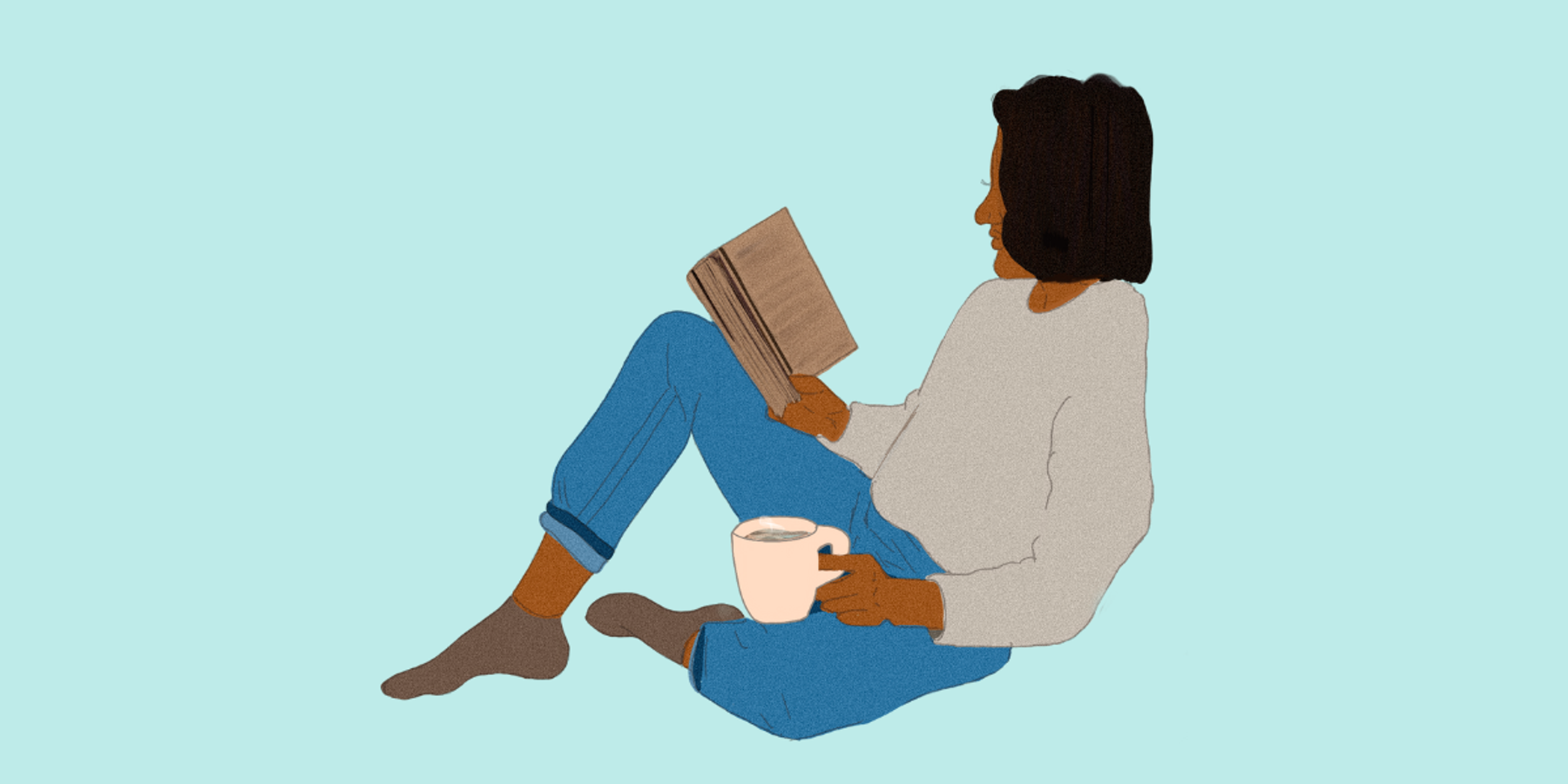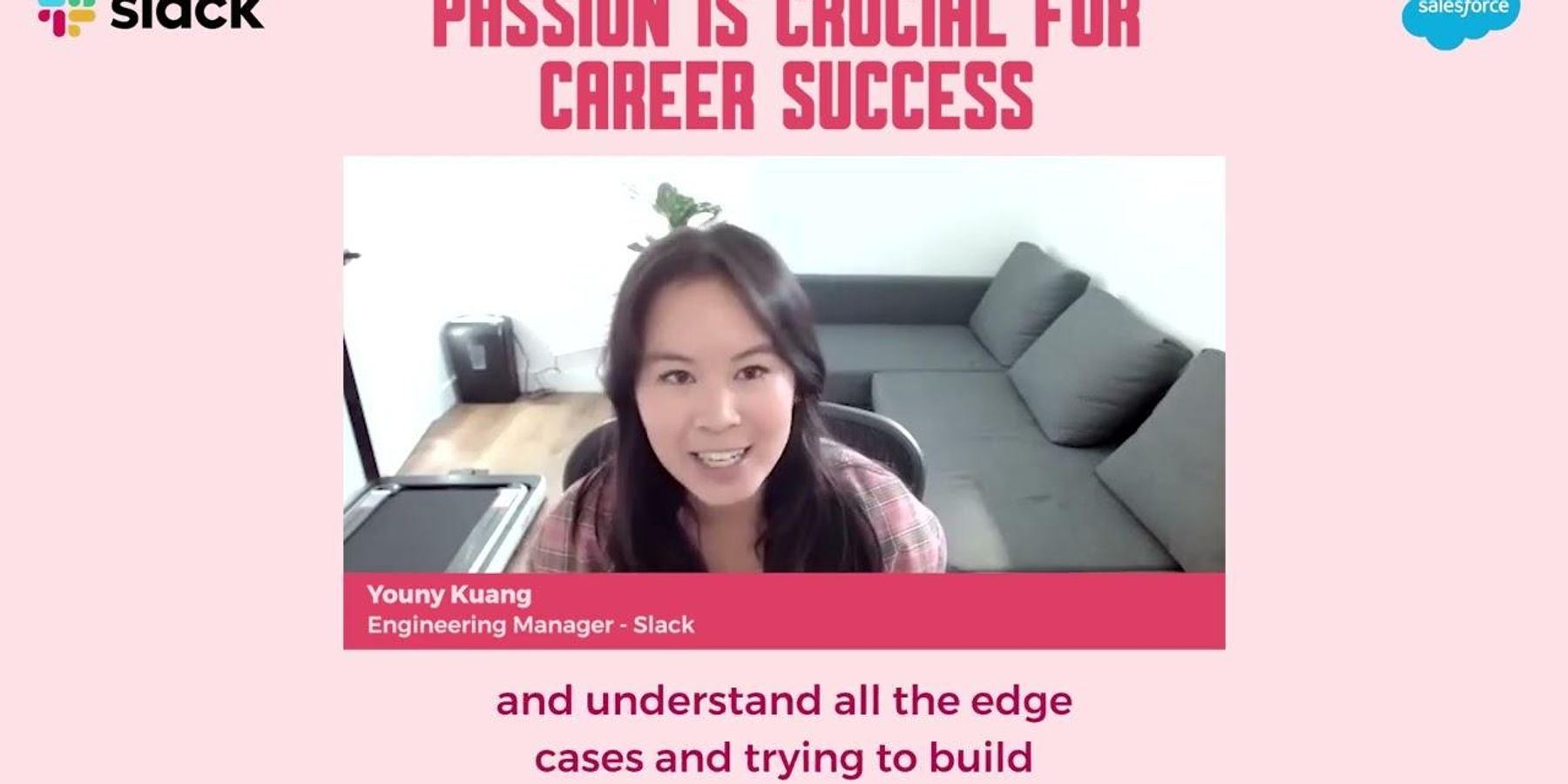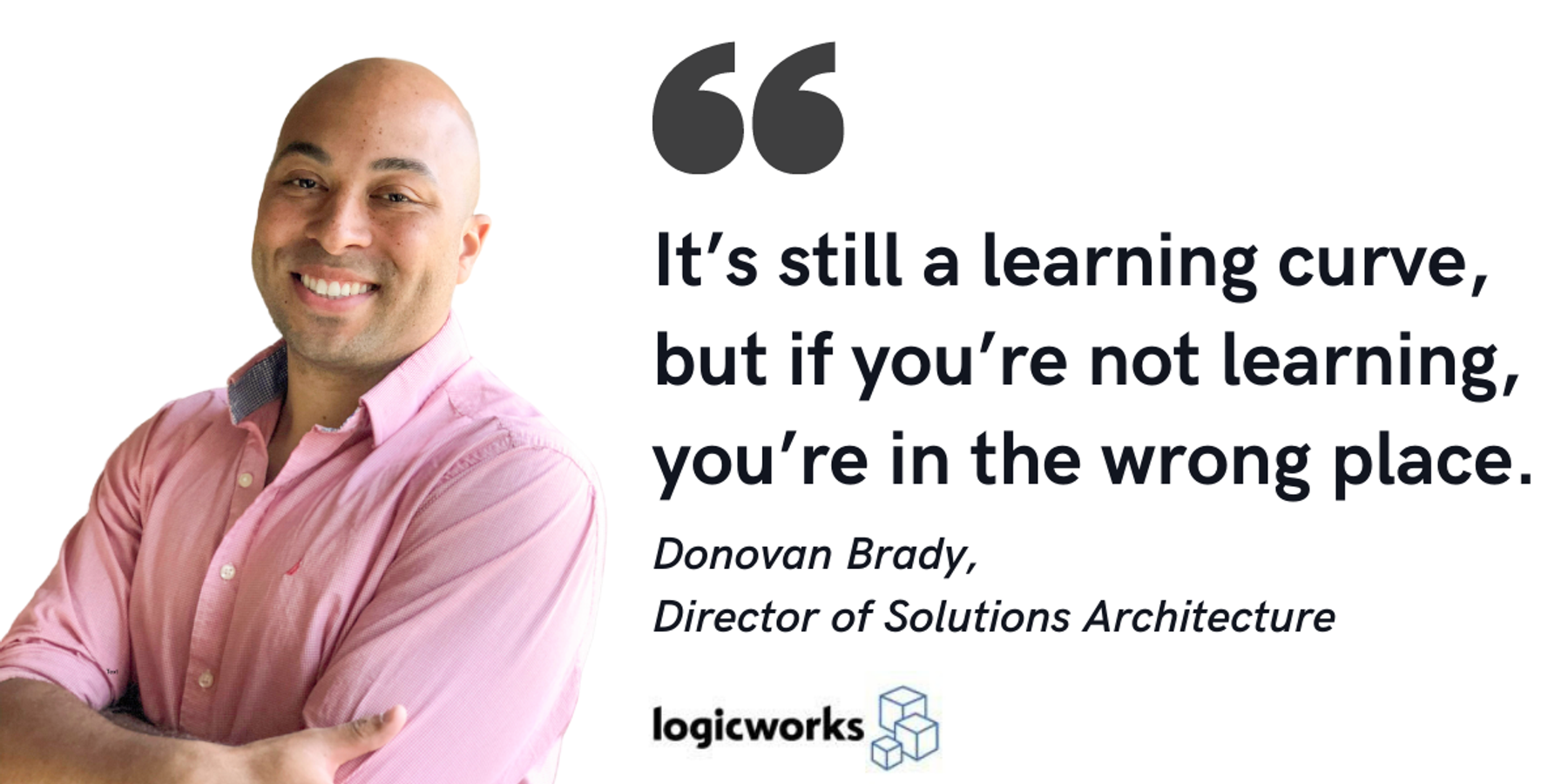This edition of our career spotlight series features Caitlin Flint, Group Design Manager at Intuit.
Caitlin's career began at the Advancement Project, a civil rights nonprofit focused on large-scale systemic change to remedy inequity. There, she had the opportunity to work on mapping software for California's first-ever open redistricting process, which ignited her passion for improving people's lives at scale. This made her a natural fit for a role on Intuit's design team, where she has worked for the past six years. Caitlin earned her B.A. in Design from the University of California in Davis, where she specialized in Visual Communications.
At Intuit, she leads design work for TurboTax Live, a product that connects tax experts to millions of customers who need tax filing assistance throughout the year. She leads a team of diverse craft experts who specialize in everything from research, interaction and service design, to artfully curated assets (visuals, motion, voice, and tone) that bring the product to life. As part of Intuit's design leadership team, her top priority is solving customer problems and creating an environment where her world-class team can do the best work of their lives.
We sat down with Caitlin to discuss what the day-to-day life of a Design Manager looks like, what advice she regularly gives early-stage designers, and what she looks for in applicants' portfolios when she's hiring for Intuit (which she is—so take notes!).
Before we dive in, can you tell us a little bit about yourself outside of work?
I live in San Diego, where I was born and raised, and where my husband and I are lucky enough to enjoy the beach and sunshine on a regular basis. I love backpacking and rock climbing, but when I'm unable to get away, anything outdoors (like attempting to keep the plants in my garden alive) will do.
Let's talk about your role as a design manager at Intuit. What sorts of things do you do on a daily basis?
I lead the amazing design team behind our TurboTax Live assisted tax offerings. Every day the team connects customers to our virtual Tax Expert Network to help solve their most pressing financial problems. This requires curating a cohesive end-to-end experience across our consumer tax portfolio to make sure the new features we deliver work together seamlessly for access to experts wherever and whenever our customers need it. I provide creative leadership to ensure research, interaction, visual, and content design all work together to deliver on a common strategy.
A critical part of my role is driving innovation through what we call Design for Delight (D4D) and Customer Driven Innovation (CDI) processes. This involves developing deep empathy to understand customer problems, going broad to narrow with potential ideas, then conducting rapid iteration to arrive at the best possible solution. At Intuit, everyone is customer-obsessed, but our design team goes the extra mile to ensure we bring empathy and qualitative behavioral insights to the table when we're discussing how our products are performing and how we can better serve customers. Human-centered practices are ingrained in our craft.
What do you think is the most challenging aspect of being a design leader? The most rewarding?
Being part of an insanely talented team is incredibly humbling. My goal as a designer has always been to have a positive impact in the lives of the customers I serve—leading a team exponentially increases that potential for impact. It's most rewarding when you can see how every individual's efforts amplify the collective results of our team. Great research insights lead to crisp, focused interactions, which are then bolstered by beautiful content, motion, and a visual language that supports ease of use, confidence and delight for our customers.
That said, this is also the most challenging part—creating an environment optimized for collaboration, with a common vision and shared pace, so the individual parts come together like a symphony. Without that, even with great individuals, the output is just noise.
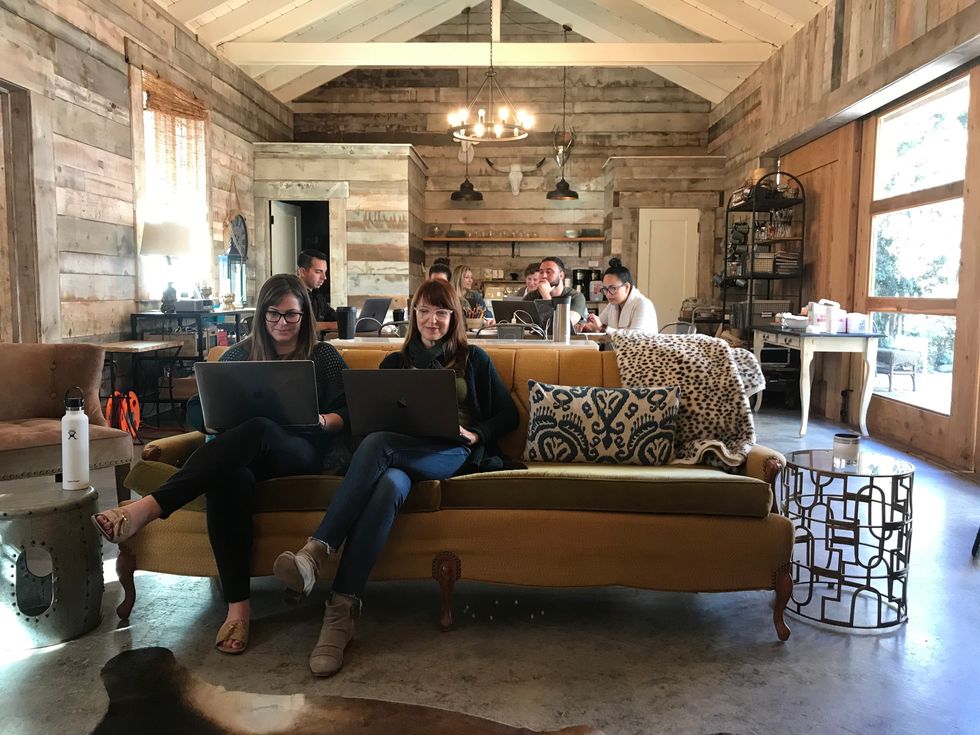
You joined Intuit as a designer six years ago. What drew you to the role and the company?
I was drawn to the triple threat of an inspiring vision, an established yet evolving design culture, and a clear path for individual career growth. The financial decisions individuals make on a daily basis are numerous, complex, and carry emotional implications with real consequences. Eliminating that burden, by providing better tools for financial freedom, inspires and challenges me daily.
And being at a company that actively invests in great design makes me confident we can make an impact. It also means that, as I grow and learn, I can keep taking on new challenges. There are designers at every level, all the way up to Intuit's C Suite, that I can learn from. It's inspiring and really amazing to be free of a looming ceiling over what's possible.
How have the people and culture at Intuit supported your growth into a management role?
I started at Intuit as an individual contributor, and from day one I would hear people say, "We want to provide the resources for people to do the best work of their lives." In my experience, this has been spot on. It's one of the many reasons Intuit has been recognized on Fortune's Great Places to Work list year after year.
The culture is such that I've had many great mentors and coaches—formal and informal—over the years. Taking courses and attending conferences is the norm, as is having the opportunity to learn from external guest speakers and internal experts on a weekly basis. Before I became a manager, I was supported and encouraged to enroll in leadership courses (where I mostly gained data and a vocabulary to support what I saw modeled around me by design leaders every day). Once I became a leader, opportunities for continued learning, such as unconscious bias training, have also been the norm.
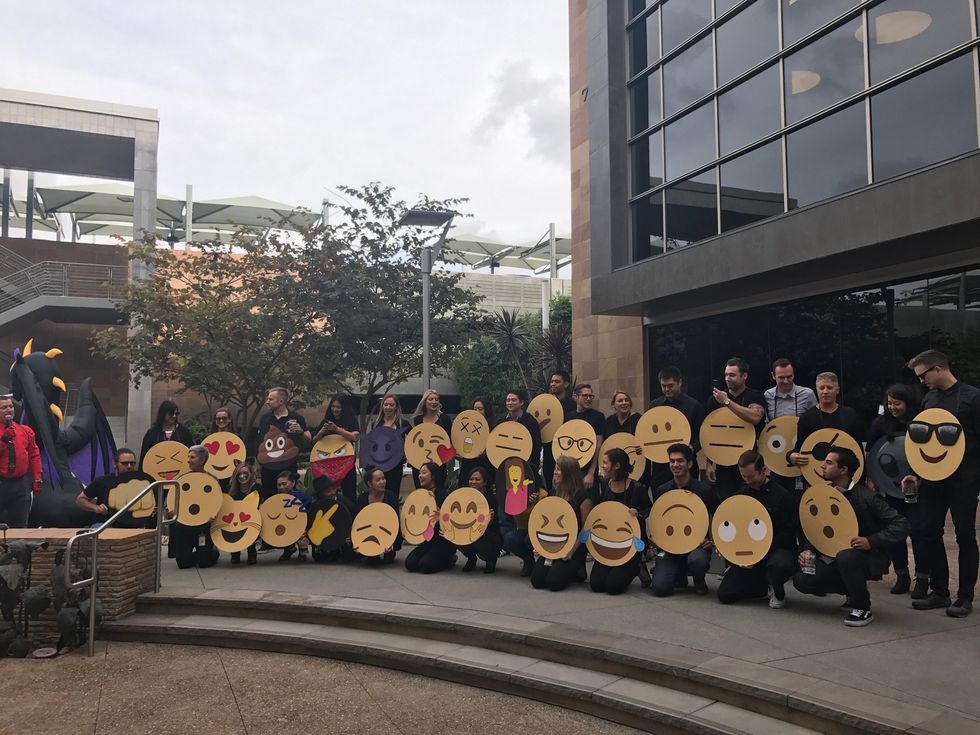
Now that you are a manager, what's one lesson you try to impart to more junior designers? And one way you try to set them up for success?
I'm really grateful to have had great mentors to help me learn that it's important to do less, better. This is as critical for delivering great products as it is to career growth. I'd equate the early career phase to the "go broad" part of our design process—rapidly iterating, trying new things, seeing what works, and savoring the surprises. Eventually, though, you hit the narrowing phase. At that point, there's a lot of power in choosing a few areas where you really want to excel. That way you can focus your efforts and put your native genius to work, rather than be so-so at everything.
As the go-broad phase of your career winds down, don't be afraid to ask for help from peers and leaders if you need help narrowing and deciding where to focus for the next phase of your journey. Always give yourself permission to try new things, but know where your core strengths lie.
Let's shift gears and chat a bit about getting started in design and landing an entry-level role. When you're evaluating candidates, what sorts of things do you look for in a portfolio? What are your assessment criteria?
Your portfolio is a tool to showcase how you think—not just what you delivered. This means I'm on the lookout for candidates who use engaging case studies that tell the story of a project.
What problems are your customers facing? What's the ideal outcome for them? How will you measure success? I'm interested in how a candidate sets the stage with a clear from/to journey. Then, I look for how you put the design process and methods to work to identify an effective solution to the problem. Last, I'll assess the execution of the solution—how you use interactive elements and visual elements like color and type to make using the product simple and intuitive. A talented designer may be stronger in some areas than others, but they'll understand how the pieces fit together and how to bring their audience along on the journey.
What would you recommend someone do when they're just starting to build their portfolio? Are there specific types of work they should ensure they include?
Overall, it's best to tailor the work in your portfolio to the types of roles you'd like to take on. If the body of work in your portfolio demonstrates your skill as an illustrator but you're hoping to land a role as a product designer, you might want to re-evaluate the projects you've included. The exception would be if there are transferable skills you want to highlight. For example, maybe you did a ton of customer research and trend audits to inform the style of the illustrations you'd use for an app, and that ignited your passion for product design. A project like that demonstrates skills applicable to product design and tells the story of your career journey. Including it would demonstrate breadth of knowledge and an ability to learn and adapt.
If you don't have a ton of work to show yet, don't worry. The best designers I've worked with have an entrepreneurial spirit and don't mind being scrappy. Even without formal experience, you can put your creative problem-solving skills to work just about anywhere and document the process and outcome for your portfolio. For example, seek out pro bono or nonprofit work, where you can make an impact in the communities you care about and add the work to your portfolio. Or, do a heuristic evaluation and guerilla user tests on a product that solves a critical need for you, but is painful to use—then provide your recommendations to improve the experience and prototype a new approach.
What's one thing you've seen recently in a portfolio that pleasantly surprised you?
Recently, a designer I interviewed (and hired) showed solutions they explored that included augmented reality (AR) & chatbot. It was great to see them consider current tech trends in their go-broad explorations. Even better, they showed how they backed away from these solutions because they didn't adequately address the customer need. In this case, the AR approach required two hands on the phone, which took away the hand that was needed to complete the task in real life.
This demonstrated their knowledge of trends, while shining a spotlight on their customer-centric rationale. It also showcased a love for the problem (rather than a specific solution). Plus, I personally got to learn something new in their portfolio review, which is always great.
What's the number one thing you love to see in a portfolio?
The real world is messy, and designers weather the storm by savoring unexpected surprises along the journey. I love when candidates are transparent about what went wrong, what they learned, and how they recovered. It shows grit and creativity, the ability to persevere when real challenges arise. It also shows depth—if they didn't uncover challenges along the way, I'd question how well they tested the solution. What weak spots are we going to uncover later, when it's too late to address them properly? Embrace the messiness of it all!
And one thing that really bugs you?
A portfolio that only shows screenshots of the products a candidate has worked on, without any context or insight on the process, is a real letdown. It also bugs me when the success of the work isn't evaluated from a customer perspective. It's great that your client was happy—but I want to know what benefit the end user received from the product.
Last, but not least, what piece of advice would you give to someone who wants to apply for a design role at Intuit?
Take time to learn what Intuit does—explore our products and get a sense of where they fit into our customers' lives. Second, learn about who we are. Our values (how we work) are as critical as what we deliver. We have an amazing, customer-centric culture at Intuit, especially in design. Beyond that, we care that our employees also love working here. Consider how you will add to that culture—the diverse point of view you'll bring to the table, and how you'll live out our values within a team.
To learn more about Intuit's open roles in their design teams and beyond, check out their PowerToFly profile here.

